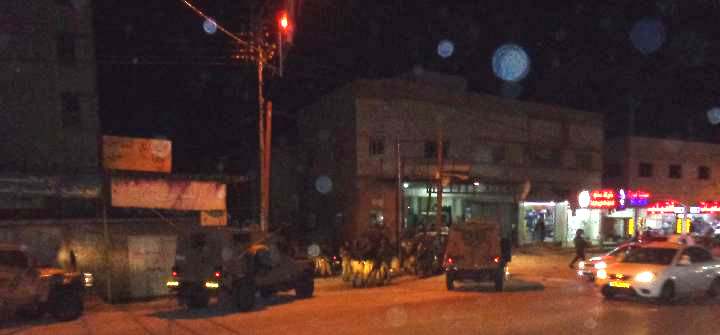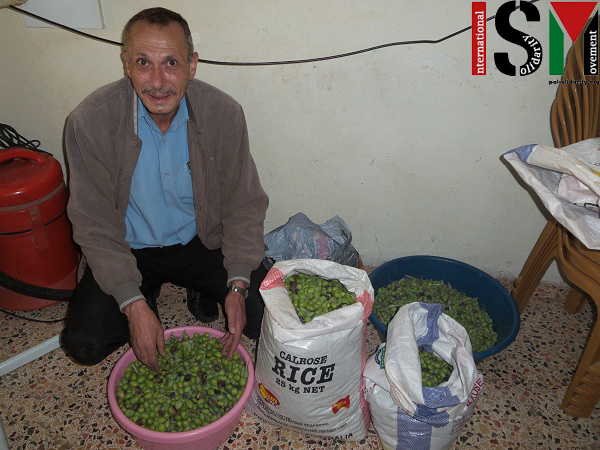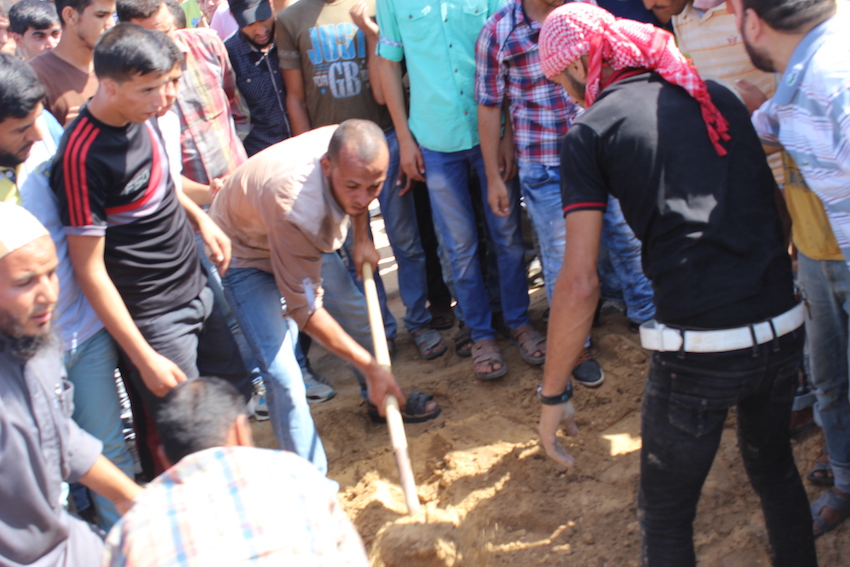Category: Features
-
Soldiers and illegal settlers invade Huwarra, assault business owner
22nd October 2015 | International Solidarity Movement, Nablus team | West Bank, occupied Palestine At 8pm on Thursday, October 22, an armed illegal settler and a group of Israeli soldiers searched a garage in Huwwarah and assaulted the owner and other Palestinians present, causing visible injuries. They were searching for a youth who allegedly threw…
-
Remembering Hashem al-Azzeh
23rd October, 2015 |International Solidarity Movement, Al-Khalil Team | West Bank, occupied Palestine We are remembering our great friend & the great friend of Hebron, Hashem al-Azzeh, who gave this interview with ISM last year before his tragic passing earlier this week.
-
Funeral for yet another martyr in Gaza
23rd October 2015 | International Solidarity Movement, Gaza team | Gaza Strip, occupied Palestine Thousands of persons attended the funeral of Ahmad Serhe, 27 years old, in Deir El Balah on 21st October 2015. He was killed the day before in Bureij by an Israeli sniper.



